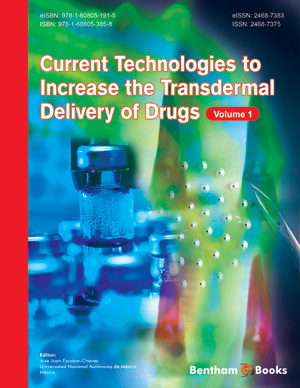Abstract
In the area of drug delivery, various polymers are involved. The earlier polymers were natural in origin. The natural polymers were found to be fraught with many formulation problems such instability, irreproducibility, changes in aesthetics on storage, uncontrollable formulation characteristics, etc. As a result new designer molecules were sought for to solve some of the problems. Some of the natural polymers were largely polysaccharide gums such as acacia, guar, xanthan, agar, tragacanth, etc. These may have their origin plant, seaweed or even fungi. Some bacteria are known to produce polysaccharides that may be useful in medical and pharmaceutical practices. A few polymers may be of animal origin such as gelatin, serum albumin, liposomes, etc. On the other hand, synthetic polymers are either modified from natural polymers or completely synthesized from synthetic monomers. They process properties that seem to relatively address the problems of instability, irreproducibility, changes in aesthetics on storage, uncontrollable formulation characteristics. The environment of use in the body is often considered in the preparation of these polymers. Good examples are the derivates of the acrylic resins, vinyl polymers, cellulose polymers, etc. Various aspects of these two classes of polymers are presented in this chapter.






















